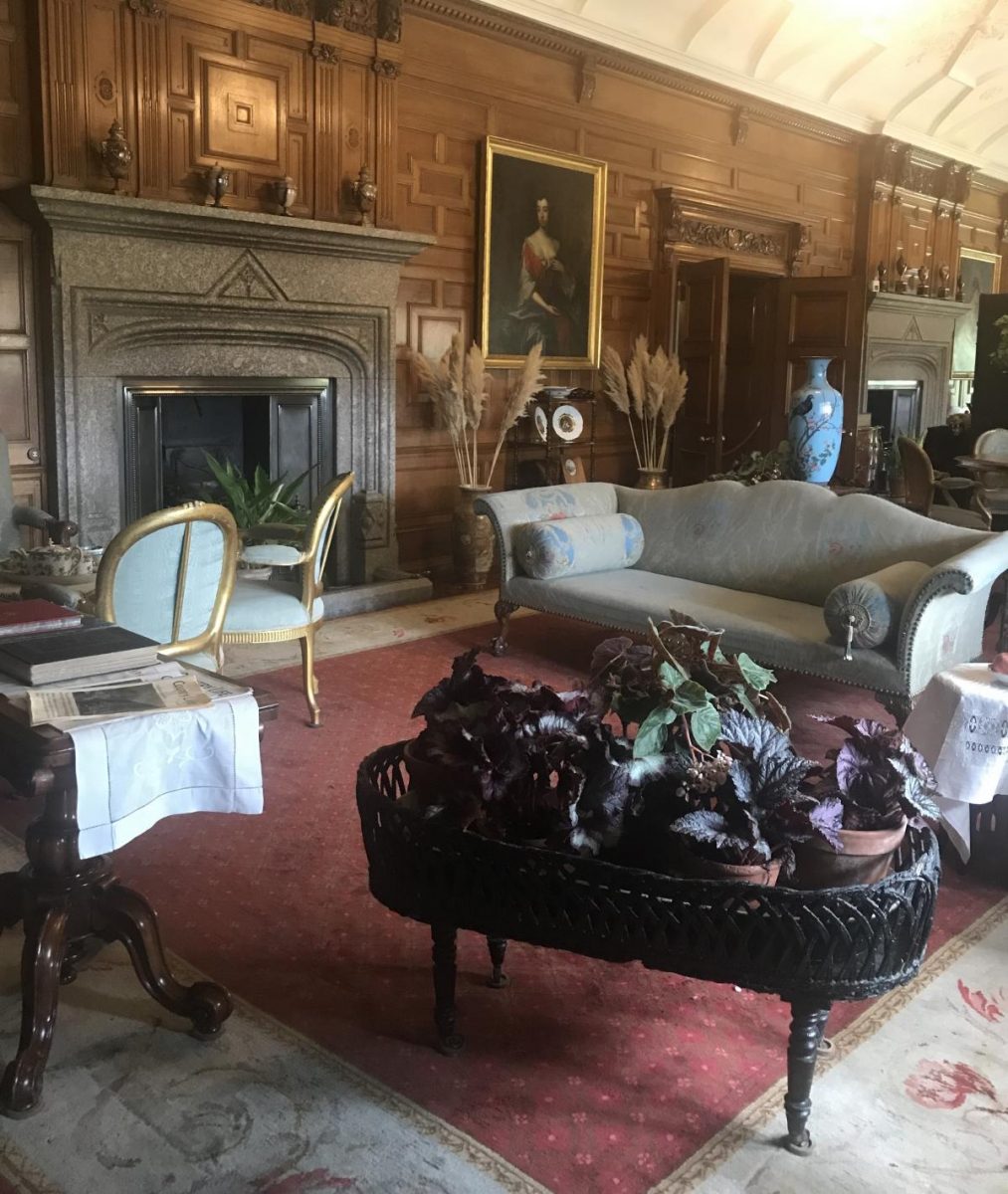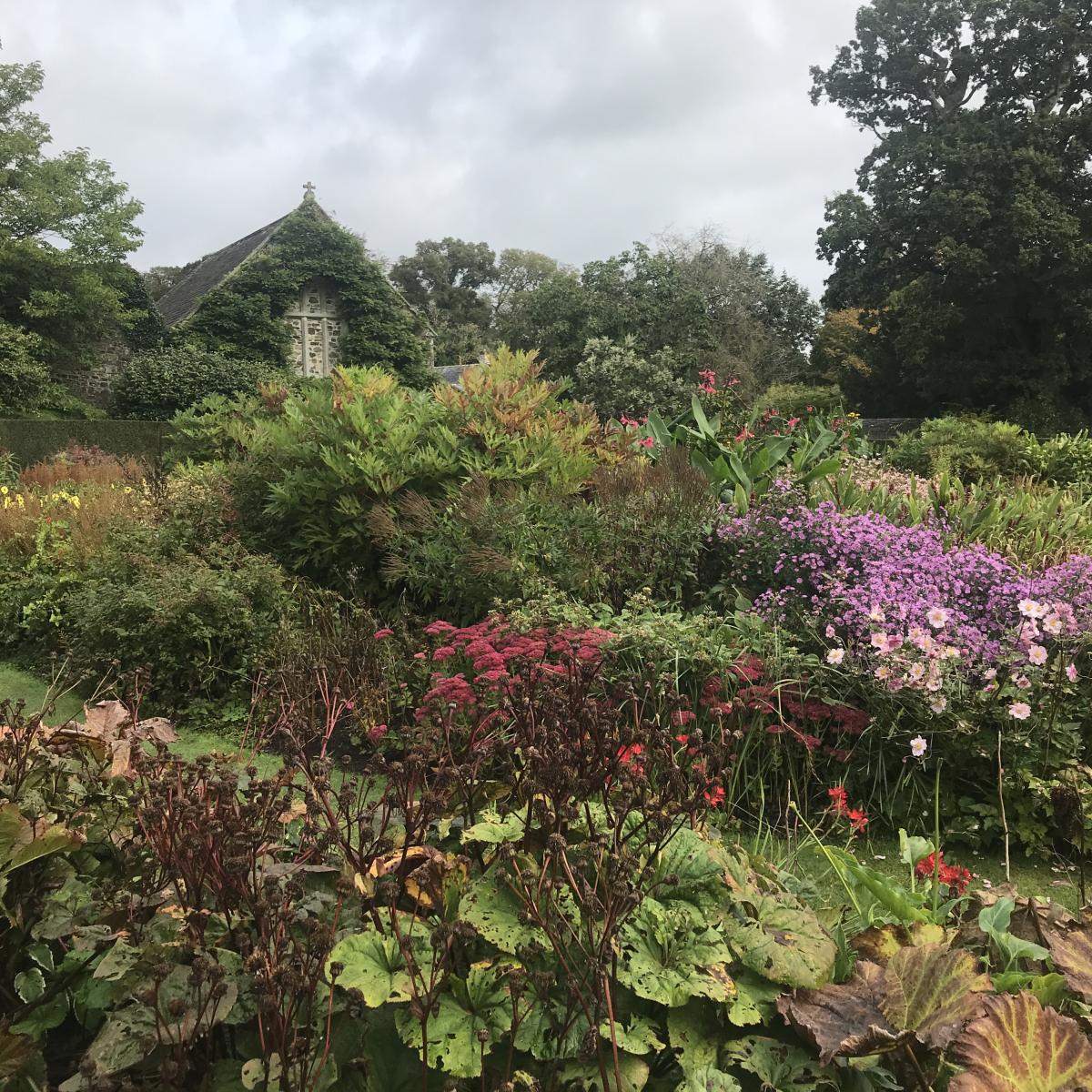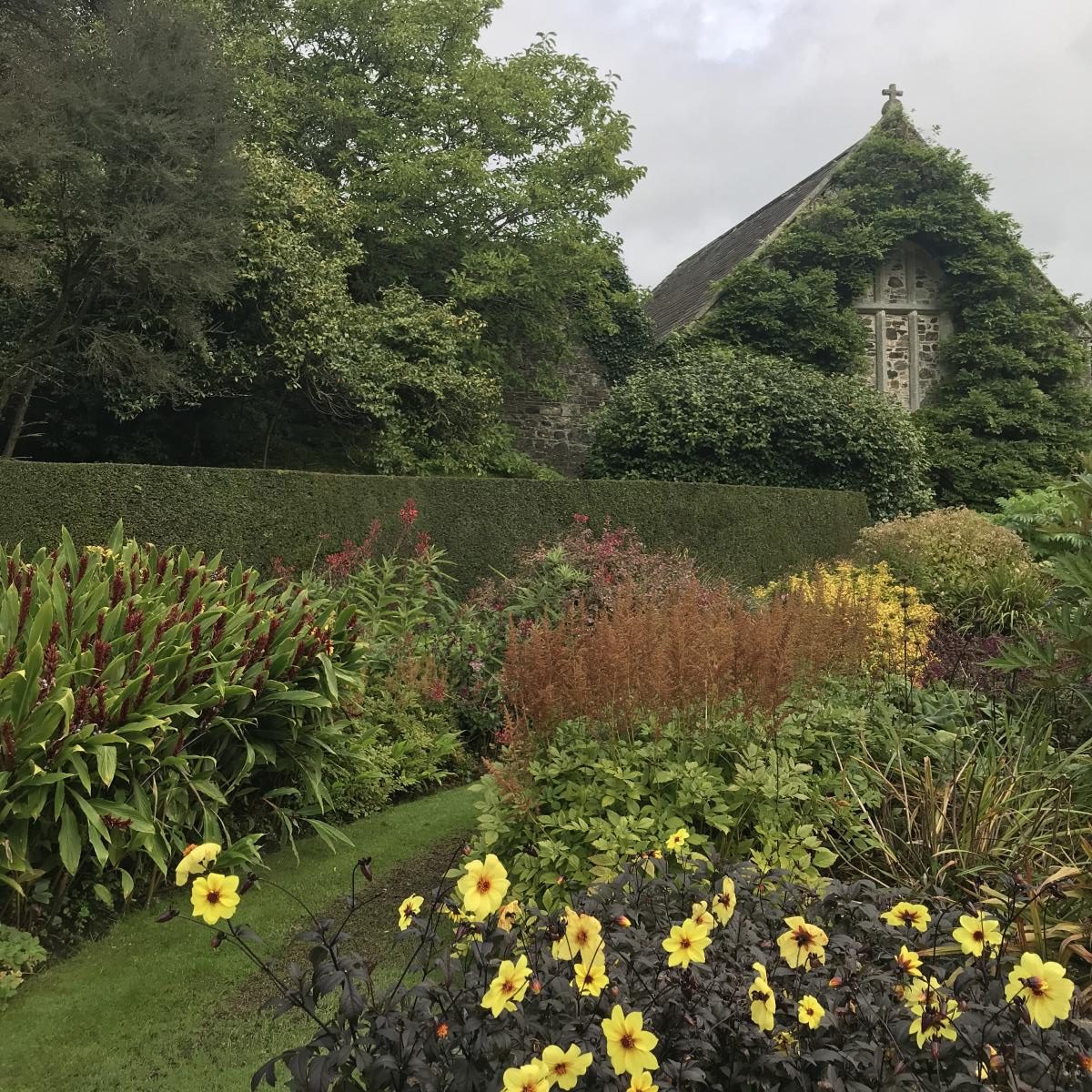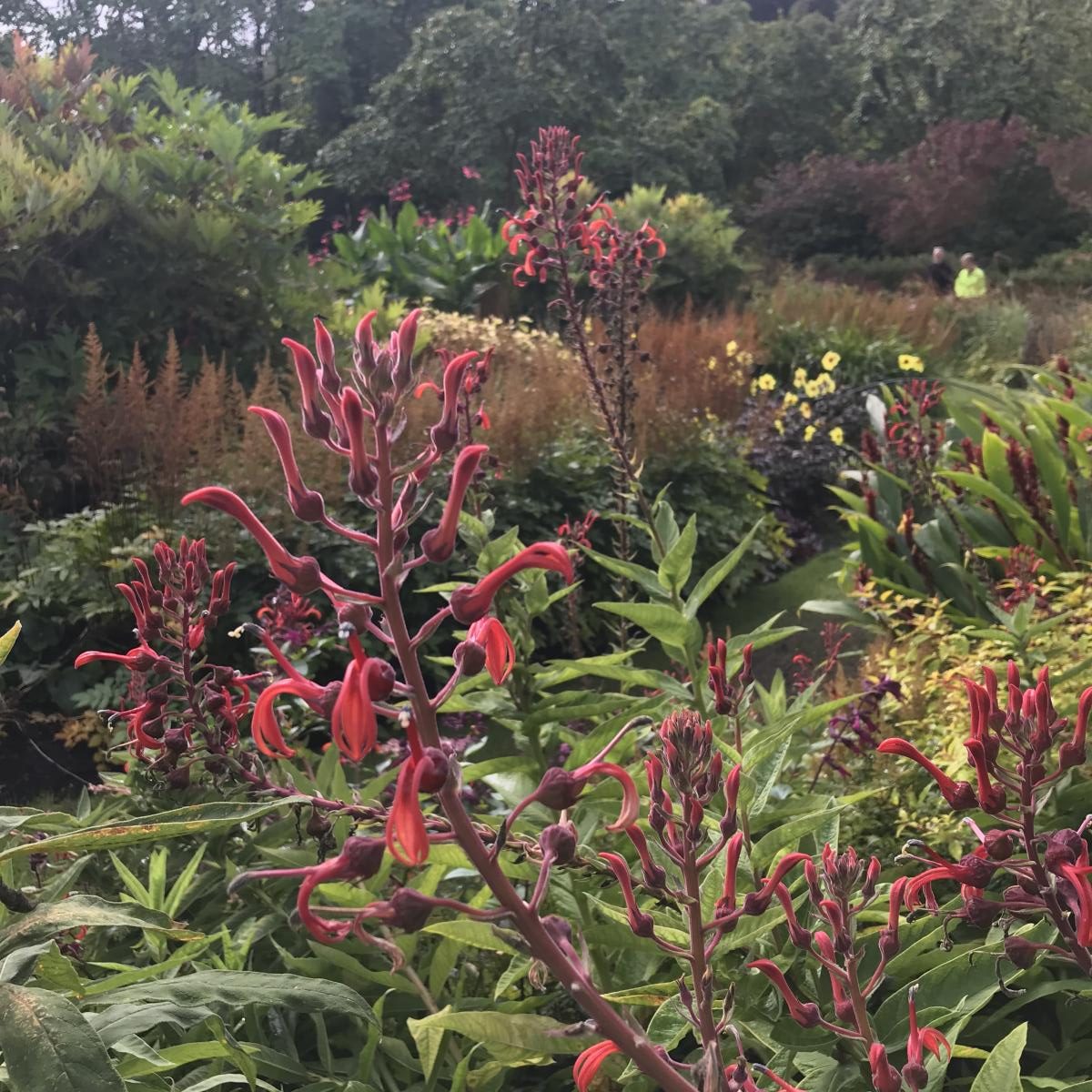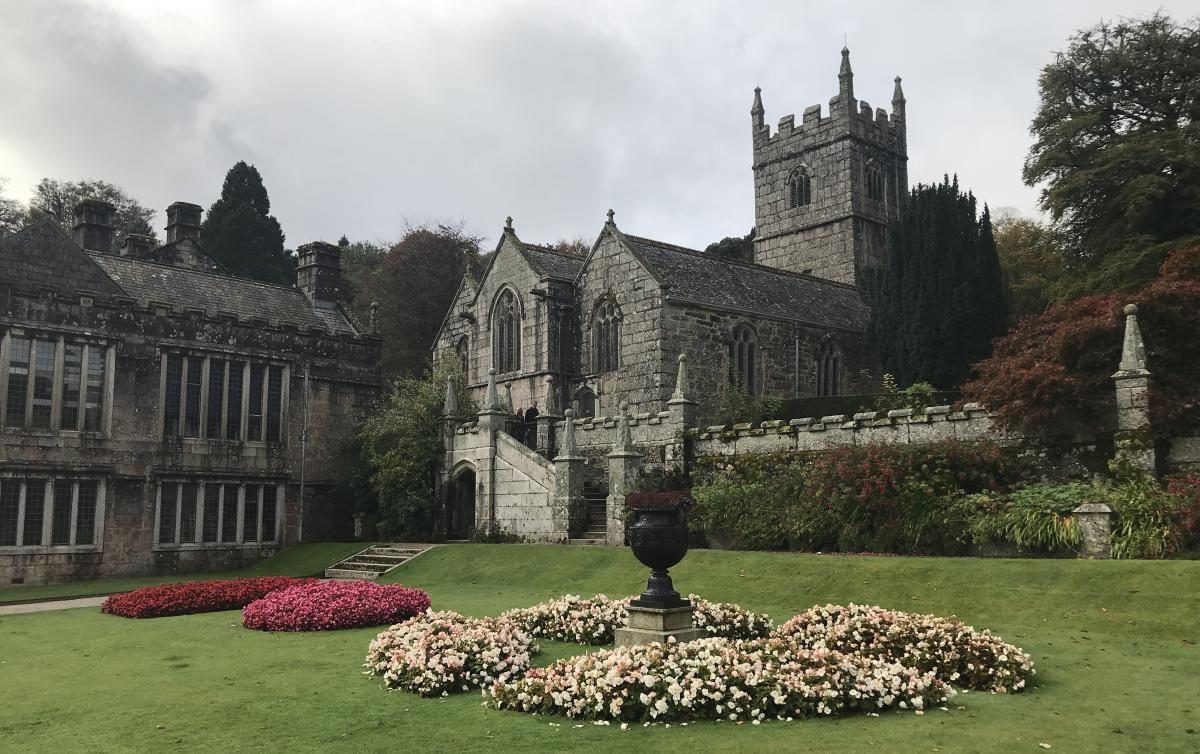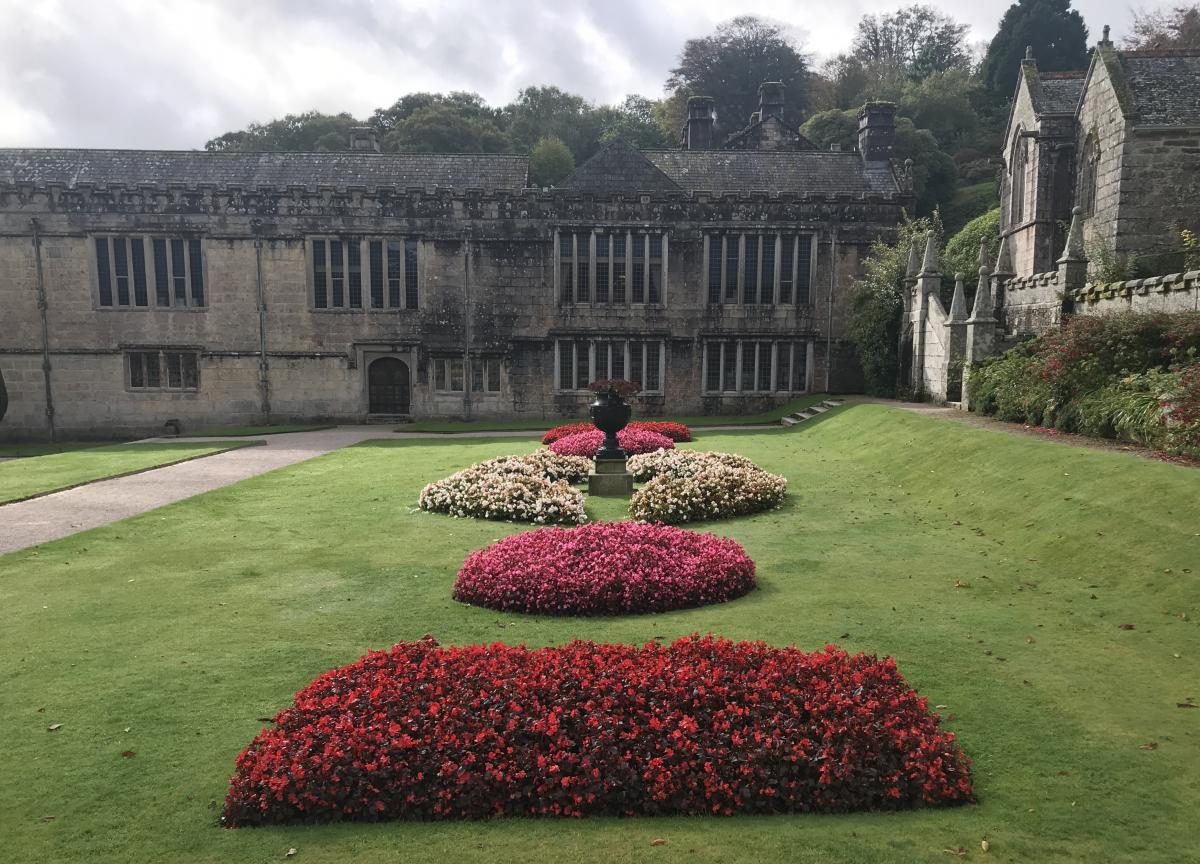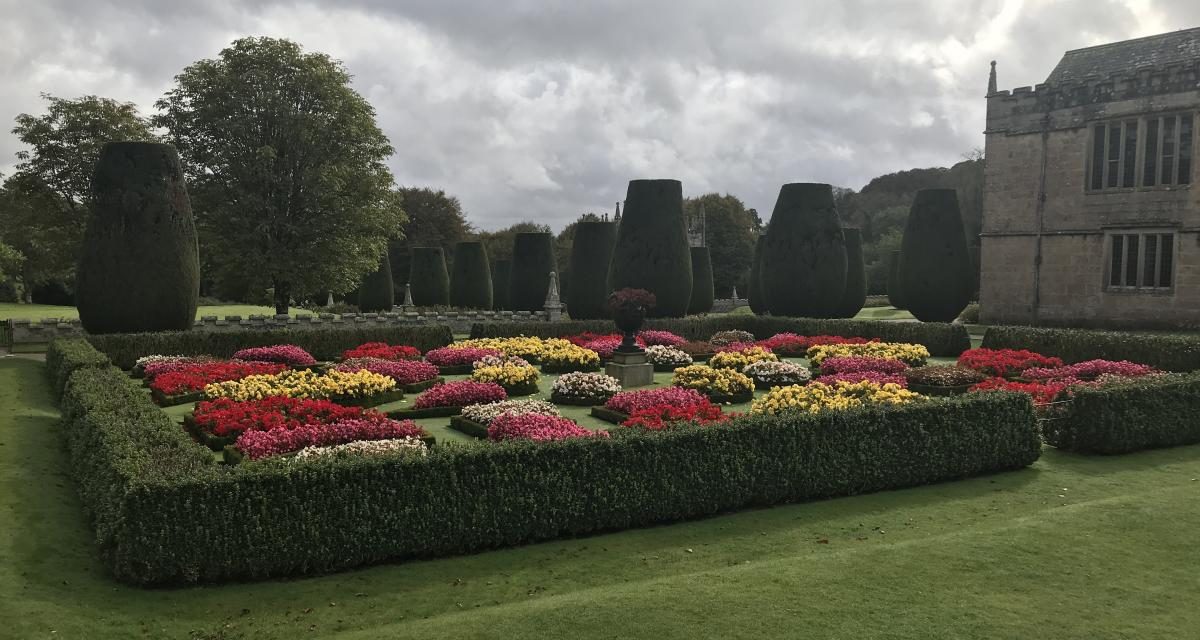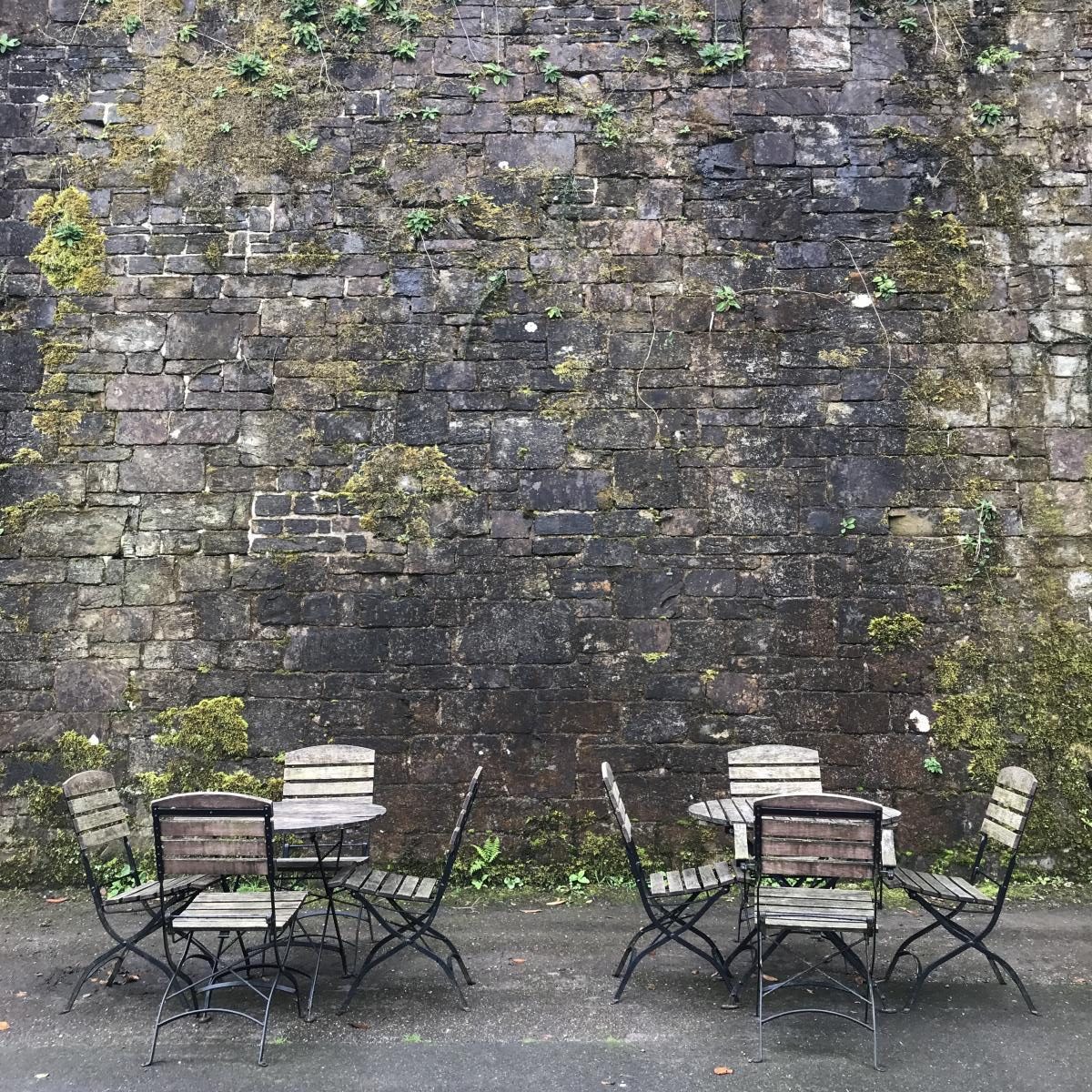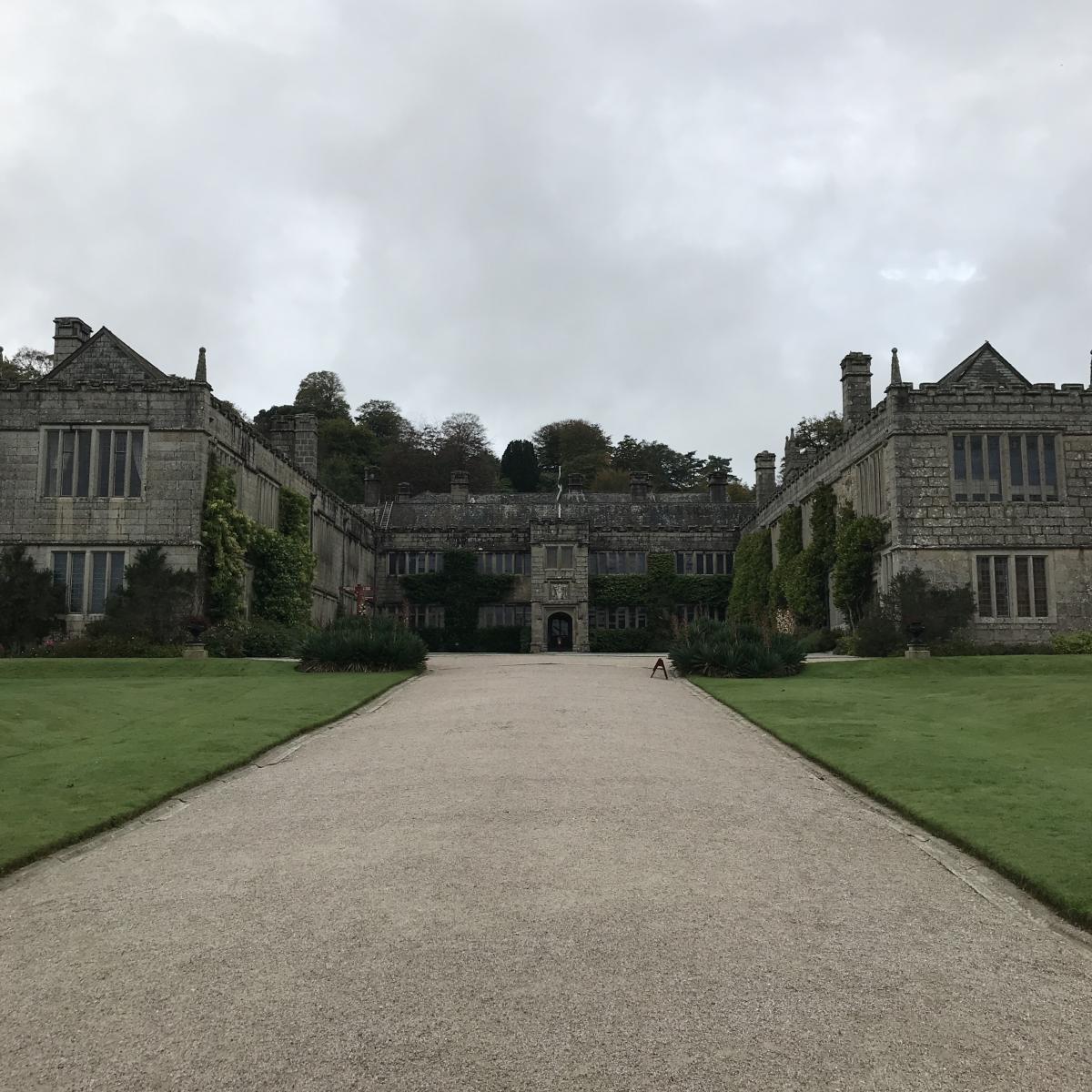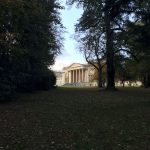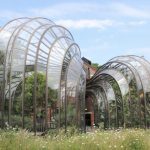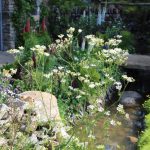A report from our brief visit to the immaculately preserved Lanhydrock house and garden owned by the National Trust.
Botanical fashion in society
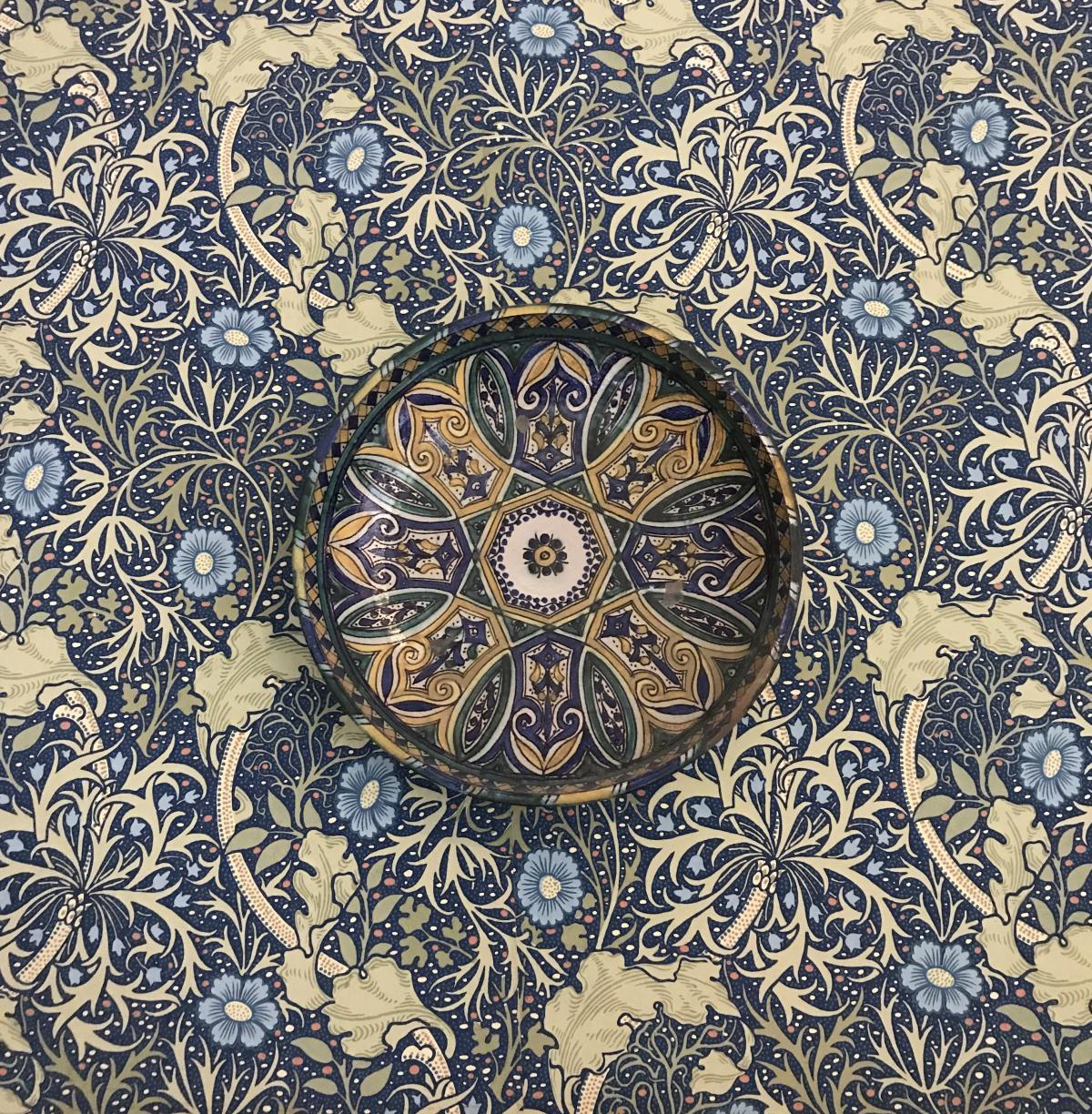
Gardening and house plants are in fashion. Dedicated cacti shops are the tip of the iceberg in the public’s sudden mass appreciation for plants. Rather than wondering why this is happening it’s better to ask when and why did people last fall out of love with plants? Certainly in the 80’s they were as popular as now – so something happened between then and Instagram. Supermarkets and chain nurseries offering the same boring selections? Multiple recessions? A decline in core skills? Answers on a postcard. Anyway, I’m digressing before I’ve even begun.
I’ve written about the Victorian era many times, Victorian interest in natural history and world wonder is a real attraction. Victorians certainly loved plants more than we do now. Whatever class people belonged to they were growing plants for food, design or curiosity. Plants found their way into drawings, carvings and furniture as we’re starting to see again now.
Gardening in the Victorian period
On our way home from Cornwall we stopped at Lanhydrock, an enormous National Trust house and garden. First built in the Jacobean period with some features remaining, it’s the Victorian elements that pervade throughout. In particular, the main garden borders and the perfectly maintained house plant showcases. Plants and nature take centre stage, much like Cragside in Northumberland and Biddulph Grange in Staffordshire.
It’s a small detail but I love that the team at Lanhydrock have filled the house with plants typical of the Victorian era. Aspidistra and Begonia are everywhere. It was an utter joy to see original Begonia display tables and cabinets in many rooms housing beautifully grown specimens (this is one National Trust where almost all items in the house are original). There are some excellent gardeners at Lanhydrock and while it shows in many areas of the quite outstanding gardens, it’s the well kept Begonias that tell the full story. Not a crispy nor mildewed leaf in sight despite the drying air of the preserved public building. My Victorian top hat goes off to them and it gave me a chance to see the conditions mature Begonias enjoy. I’ll be taking this learning to keep my own collection growing.
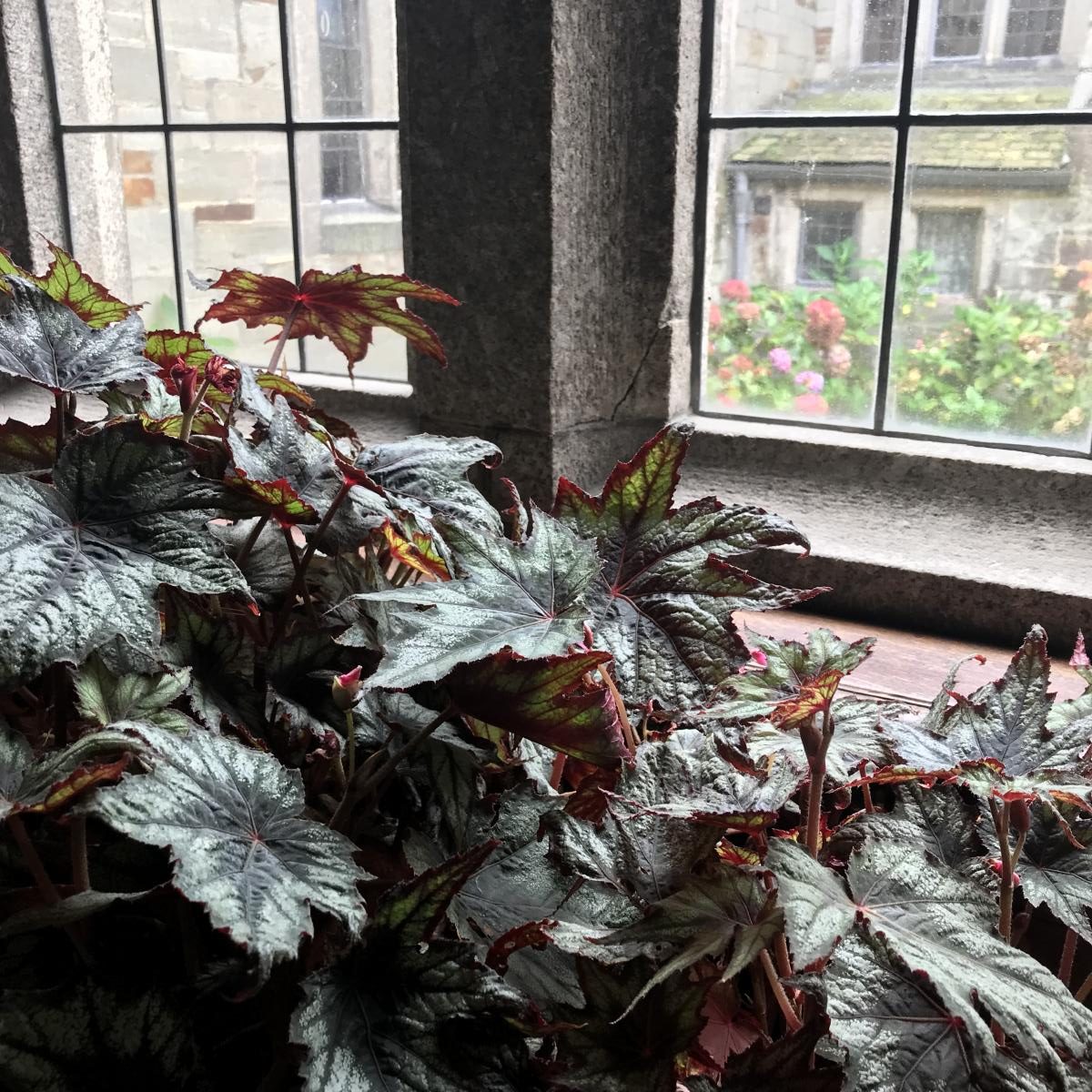
Best in class gardening
Our trip to Lanhydrock was a stopoff on the way home, we knew nothing about it bar photos in the National Trust app. Walking from the car park down to the gothic fronted building with stunning detailed walls, unique Yew topiary on a parterre filled with the very traditional Victorian carpet bedding and mature Yukka gloriosa clumps told us we’d arrived somewhere very special indeed.
A quick trip around the back of the house, past fern lined walls, up the hill past a Parish church and to the main borders. The whole garden has a charm about it but the circular main borders are a gardening gem among the best Chris and I have seen (and we’ve seen hundreds of gardens). Lanhydrock is a contrast to Eden and Heligan. Unlike those gardens that try to pack in flowers everywhere to colour the landscape for guests, here the colour is largely contained within this one small Yew hedge bordered area. No doubt a remnant of the family home and its use.
The main borders are a reminder that often small space gardening can have more impact. Every inch of the space cleverly packed with hundreds of different species of plants to offer colour and shape for most of the year. We were grateful for the garden plan containing every plant meticulously listed across two sides of A3 laminated paper. I loved the sense of excitement approaching the space and the sense of privacy within it. Simple, sumptuous, spectacular.
Elsewhere, mature trees and shrubs including the acid signalling blue Hydrangea and Rhododendrons. A stream lined with a huge swath of Astilbe. Then walking back to the house along the other wing with even more wonderful carpet bedding. It’s certainly to very few people’s tastes nowadays but it’s a living museum for the way those in the Victorian period would have grown plants in the lawns for the blocks of colour. Walking back through those Yew topiary hedges is special. It was possible to see how much technical skill goes into keeping these trees in check and shape, inside them wires holding key branches in place.
Are plants an indicator of happiness?
One of the volunteers told us Lanhydrock “was a happy home”, this despite seeming tragedy as only one of the nine children having their own family and the family line not continuing as a result. That happiness was certainly felt from the volunteers and staff at Lanhydrock. National Trust are always excellent and the best properties can be told by the teams who love it – and blimey do the team at Lanhydrock love it! Most people were dressed in period clothes, one man as butler actually carrying out butler duties delivering biscuits in character. Another was playing piano in the great hall who later told us he has visited since a boy when he was guest to the family who still lived there at that point.
There was something about Lanhydrock, everyone really cared about it as if it were their own home. It shows in every room, piece of furniture and plant. We felt so warmly welcomed by people and place. To think this is a feeling and way of life that may have survived for centuries gives hope, joy and a fuzzies of happiness. Perhaps plants now back in favour is a sign that society is returning to more caring, extrinsic state of mind.





